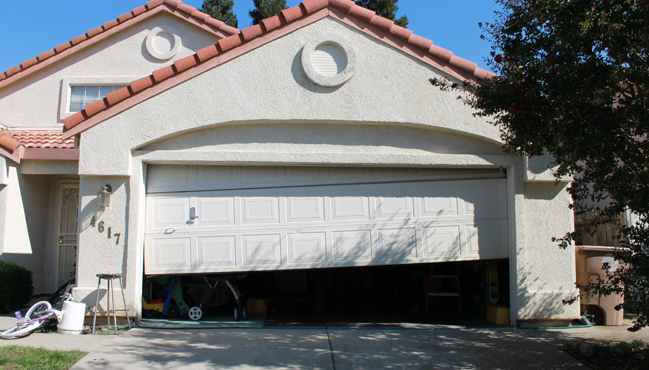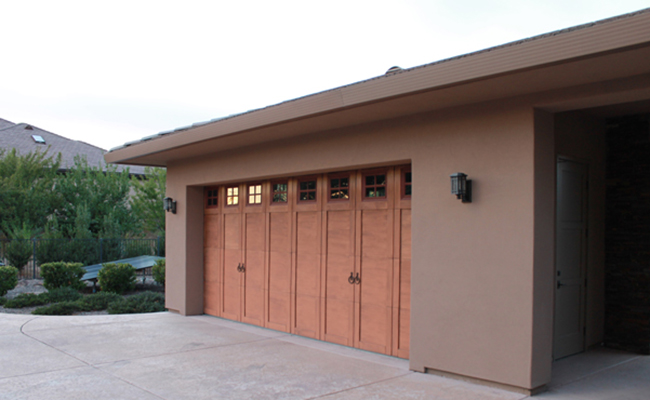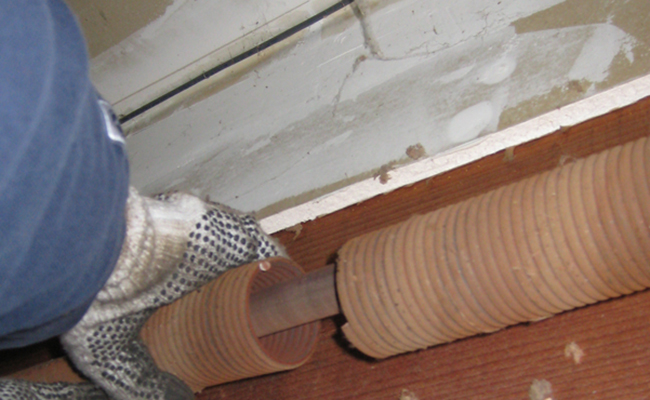Garage doors play a pivotal role in the safety and functionality of our homes, yet they are often overlooked until a problem arises. Regular maintenance can save homeowners from costly repairs and ensure the smooth operation of their garage doors. In this article, we’ll explore DIY garage door maintenance tips that are not only effective but also cost-effective.
Importance of Garage Door Maintenance
Your garage door is more than just a point of entry; it’s a vital component of your home’s security and curb appeal. Neglecting its maintenance can lead to unexpected malfunctions and repair expenses. By investing time in regular DIY maintenance, you’re safeguarding your property and saving money in the long run.
Cost-Effective DIY Solutions
DIY garage door maintenance doesn’t require extensive technical knowledge. Simple tasks performed regularly can significantly extend the life of your garage door and its components. Let’s delve into these DIY tips step by step.
Basic Inspection
Visual Assessment
Begin your garage door maintenance routine with a visual inspection. Look for any visible damage, dents, or misalignments. Identifying issues early allows for prompt repairs, preventing further damage.
Listening for Unusual Sounds
An audible inspection is equally important. Listen for any unusual grinding, squeaking, or rattling sounds during the door’s operation. Unusual sounds may indicate potential problems with the rollers, springs, or other components.
Testing Door Balance
A balanced garage door ensures smooth operation and prevents excessive wear on components. Disconnect the door from the opener and manually lift it halfway. If it stays in place, the door is balanced. If not, adjustments are needed.
Lubrication Techniques
Identifying Lubrication Points
Proper lubrication reduces friction and extends the life of your garage door. Identify key lubrication points, including hinges, rollers, and the garage door opener’s chain or screw.
Recommended Lubricants
Choose a high-quality silicone or lithium-based lubricant for optimal results. Avoid using WD-40, as it tends to attract dust and dirt, causing more harm than good.
Frequency of Lubrication
Regularly lubricate the identified points at least twice a year. However, in regions with extreme temperatures, consider doing it more frequently to combat wear caused by temperature fluctuations.
Tightening Loose Hardware
Inspecting Nuts and Bolts
The constant movement of your garage door can lead to loosened nuts and bolts. Regularly inspect and tighten them using appropriate tools to maintain the door’s structural integrity.
Appropriate Tools for Tightening
A simple socket set or wrench is sufficient for tightening loose hardware. Pay special attention to the brackets holding the tracks in place, as they are prone to loosening over time.
Testing Auto-Reverse Feature
Importance of Auto-Reverse
The auto-reverse feature is a crucial safety mechanism in modern garage doors. It prevents accidents by stopping and reversing the door’s movement if it detects an obstruction.
Conducting Regular Tests
Place an object in the door’s path and close it. The door should automatically reverse upon encountering the obstacle. If not, consult your owner’s manual for troubleshooting or seek professional assistance.
Weather Stripping Maintenance
Checking for Wear and Tear
Weather stripping seals your garage against the elements, preventing drafts and water ingress. Regularly inspect it for signs of wear, tearing, or damage.
Replacing Damaged Weather Stripping
Replace damaged weather stripping promptly to maintain the insulation and protection of your garage. Weather stripping is affordable and easy to install, making it an ideal DIY task.
Cleaning and Repainting
Removing Dirt and Debris
Dirt and debris can accumulate on your garage door, affecting its appearance and functionality. Regularly clean the door using a mild detergent and a soft brush to remove any accumulated grime.
Benefits of Regular Repainting
Besides cleaning, consider repainting your garage door every few years. Not only does it enhance curb appeal, but it also provides an additional layer of protection against the elements.
Sensor Calibration
Ensuring Proper Alignment
Garage door sensors play a crucial role in preventing accidents. Ensure they are properly aligned to detect obstacles and function effectively.
Troubleshooting Sensor Issues
If your sensors are malfunctioning, check for obstructions or misalignments. Clean the sensor eyes with a soft cloth and ensure there are no objects blocking their view.
Addressing Noisy Garage Doors
Identifying Causes of Noise
Noisy garage doors can be a nuisance. Identify the source of the noise, whether it’s creaking hinges, worn-out rollers, or a loose chain.
DIY Solutions for Noise Reduction
Apply a silicone-based lubricant to hinges, rollers, and other moving parts to reduce friction and noise. If the noise persists, consider replacing worn-out components for a quieter operation.
Spring Inspection and Adjustment
Recognizing Signs of Spring Wear
The springs bear the weight of your garage door and are prone to wear over time. Inspect them for signs of rust, corrosion, or sagging.
Adjusting Tension as Needed
Adjusting spring tension is a delicate task best left to professionals. However, visually inspecting them and noting any issues can guide professionals in performing necessary adjustments.
Securing the Emergency Release
Understanding Emergency Release Function
The emergency release allows manual operation of the garage door in case of a power outage or malfunction. Familiarize yourself with its location and function.
Properly Securing After Use
After using the emergency release, ensure it is properly secured back into place to maintain the automatic operation of your garage door.
Garage Door Opener Maintenance
Testing Remote Controls
Regularly test the functionality of your remote controls to ensure they operate the garage door smoothly.
Checking Battery Levels
Replace remote control batteries annually to prevent operational issues. Weak batteries can lead to unreliable performance and frustration.
Preventing Rust and Corrosion
Applying Anti-Rust Products
Garage door components are susceptible to rust and corrosion, especially in humid climates. Apply anti-rust products to metal parts to protect them from deterioration.
Regular Checks for Corrosion
Periodically inspect metal components for signs of corrosion. Address any rust spots promptly to prevent further damage.
Professional Inspection
Schedule Annual Professional Checks
While DIY maintenance is essential, professional inspections provide a more in-depth assessment. Schedule an annual check with a reputable garage door service to catch potential issues early.
Benefits of Expert Assessment
Professional inspections can uncover hidden issues, ensure optimal performance, and extend the lifespan of your garage door. The investment in professional maintenance outweighs the costs of major repairs.
Conclusion
Regular DIY garage door maintenance is a proactive approach to ensuring the longevity and smooth operation of this essential household feature. By following these simple yet effective tips, homeowners can save money, prevent unexpected malfunctions, and enjoy the peace of mind that comes with a well-maintained garage door.








